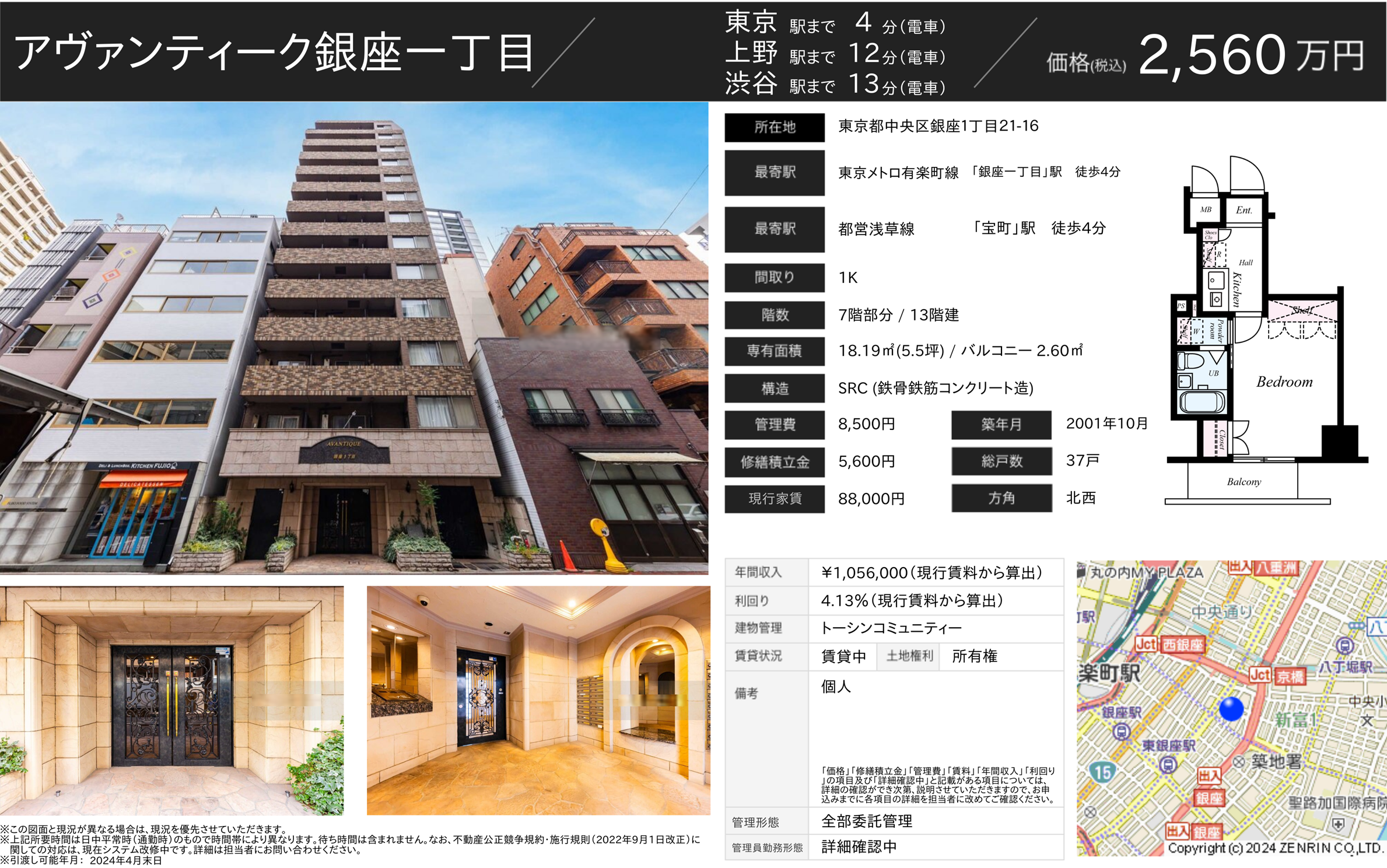The Japan Property Listing Information Explained
Japanese property listings are packed with details, abbreviations, and terms that can confuse first-time foreign investors. By breaking them down, you’ll be able to interpret listings with clarity and confidence — and avoid missing key insights that affect value and rental demand.
1. Price & Size Metrics
Price (価格) – Always shown in yen. Larger numbers often shown in “man” units (1万 = 10,000 yen). For example, 3,200万円 = 32 million yen.
Size (専有面積 / 延床面積) – Usually in square meters (m²). Sometimes land area is shown separately from building area.
Tsubo (坪) – Traditional measurement. 1 tsubo = 3.3 m² ≈ 35.5 sq ft.
Rule of thumb: divide m² by 3.3 to estimate in tsubo.
2. Floor Level & Orientation
Floor number (階数) – Higher floors typically command better views, sunlight, and rent (especially in urban areas).
Orientation (方位) – South-facing (南向き) apartments are most desirable for natural light. East-facing is popular for morning light, west-facing less so (hotter in summer).
3. Age of Building (築年数)
Displayed in years since construction.
Critical milestone: 1981 – Japan introduced the “new earthquake resistance standard” (新耐震基準). Properties built after June 1981 are generally much more resilient.
Investment note: Newer buildings command higher prices, but older ones can yield better rental returns if renovated.
4. Fees & Monthly Costs
Management Fee (管理費) – Paid to the building’s management association for maintenance and cleaning.
Repair Reserve (修繕積立金) – A savings pool for major future repairs (e.g., roof, elevators).
Other fees – Parking, garbage disposal, security, or Internet may be listed separately.
5. Other Indicators You’ll See
Leasehold (借地権) vs. Freehold (所有権) – Freehold is most common; leasehold means the land belongs to someone else, reducing resale potential.
Zoning (用途地域) – Dictates whether the property can be used for residential, commercial, or mixed purposes.
Station Access (徒歩〇分) – “Walk minutes” from nearest station, calculated at 80 meters per minute.
Example: 徒歩8分 = about 640 meters from the station.
Properties within 5–8 minutes typically rent faster.
Balcony/Veranda (ベランダ) – Standard in most apartments; sometimes listed with size in m².
6. Why It Matters for Investors
Listings may look like a wall of unfamiliar text, but once decoded they reveal hidden strengths or risks.
Example: A “cheap” property may have high monthly fees, making it less profitable. Or a “small” apartment may actually be highly desirable because of location and efficient layout.
With clear explanations, you’ll never feel lost in the fine print — MPATHIAN ensures you fully understand what each listing detail means for your investment, so you can make decisions with clarity and confidence.


